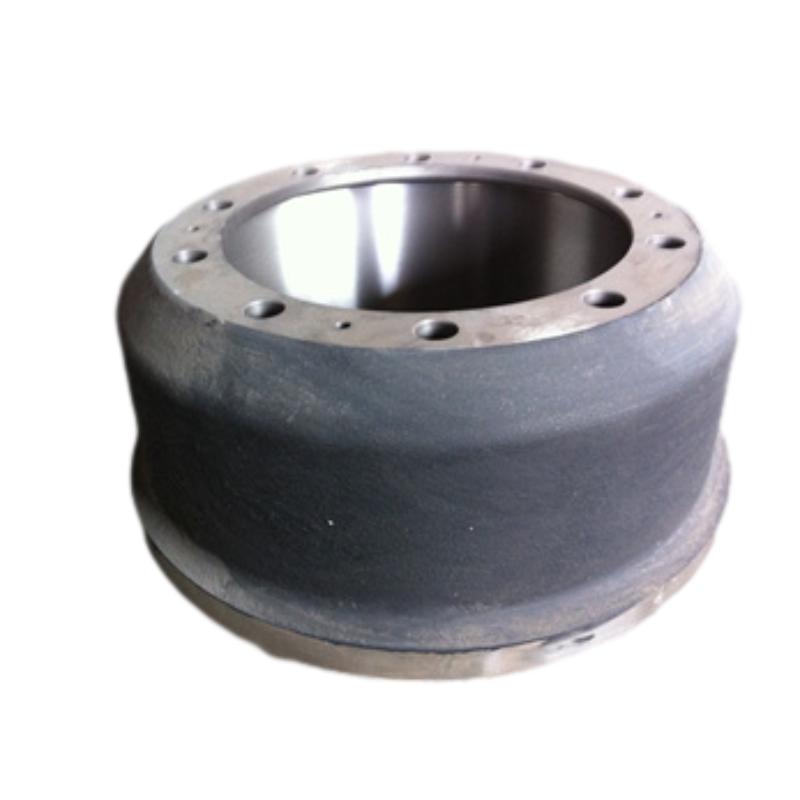يوليو . 27, 2024 14:51 Back to list
Exploring the Efficiency and Effectiveness of Drum Brakes in Automotive Performance Systems
Performance of Drum Brakes An In-Depth Analysis
When discussing automotive braking systems, disc brakes often take the spotlight due to their modern design and superior heat dissipation. However, drum brakes still hold significant value, especially in certain applications where performance, reliability, and cost-efficiency are paramount. This article delves into the performance of drum brakes, highlighting their advantages, challenges, and suitable applications.
Understanding Drum Brakes
Drum brakes operate by using friction to slow down a wheel. Inside a cylindrical drum, brake shoes press against the interior surface when the brake pedal is engaged, creating friction that slows the vehicle. This system has been a longstanding choice in many vehicles, particularly for rear brakes, thanks to its effective design and cheaper manufacturing processes.
Performance Advantages
1. Cost-Effectiveness One of the most compelling reasons for utilizing drum brakes is their lower manufacturing and replacement costs. The simpler design and smaller footprint mean that drum brakes are less expensive to produce than their disc counterparts.
2. Self-Boosting Capability Drum brakes possess a unique feature known as self-energizing action. When the brakes are applied, the rotation of the drum helps to force the brake shoes against the drum more tightly. This self-energizing effect leads to better braking efficiency, especially at low speeds, making them particularly advantageous for vehicles that frequently stop, such as city buses and trucks.
4. Durability Drum brakes are less exposed to the elements than disc brakes, which can lead to reduced wear from dirt, water, and other environmental factors. Their enclosed design helps maintain performance over a longer lifespan with less maintenance.
performance drum brakes

Challenges Faced by Drum Brakes
Despite their advantages, drum brakes also present some performance challenges
1. Heat Dissipation One of the primary drawbacks of drum brakes is their limited ability to dissipate heat. Continuous braking can lead to overheating, which reduces braking performance—a phenomenon known as brake fade. This is particularly concerning in high-performance or heavy-duty applications.
2. Weight Drum brakes can also be heavier than disc brakes, which can affect the overall weight distribution and handling characteristics of a vehicle. In performance-oriented applications, reducing weight is often a priority, leading many manufacturers to prefer disc designs.
3. Complexity of Maintenance While drum brakes may require less frequent maintenance due to being sealed from the elements, the process of servicing them is more complex than discs, which can deter some vehicle owners from addressing issues promptly.
Applications of Drum Brakes
Given their specific performance characteristics, drum brakes are typically used in a variety of applications. They are still prevalent in everyday vehicles—particularly in the rear positions of lighter cars—where their effective stopping power meets the needs of daily driving. They are also a popular choice for utility and heavy-duty vehicles, such as trucks and buses, where continuous and reliable stopping power is crucial.
In conclusion, while drum brakes may not command the same level of attention as disc brakes in high-performance scenarios, they still offer valuable benefits in terms of cost, reliability, and maintenance. Understanding their performance characteristics and optimal applications allows automotive engineers and enthusiasts to make informed decisions that balance safety, efficiency, and affordability. As vehicle technology continues to advance, drum brakes will likely remain a relevant component of braking systems for years to come, particularly in the appropriate contexts.
-
Brake Drum Man - High-Quality Drum Brake Drums & Brake Shoes for Reliable Performance
NewsJun.24,2025
-
High-Quality Brake Drum Kamaz – Durable Drum Brake Drum & Brake Shoe Replacement
NewsJun.10,2025
-
High-Quality Brake Drum Liza for Drum Brake Systems - Superior Durability and Performance
NewsJun.10,2025
-
High-Quality Brake Drum Kamaz – Durable Drum Brake Drum & Brake Shoe Solutions
NewsJun.10,2025
-
Durable Kamaz Brake Drums High-Performance Truck Parts
NewsJun.09,2025
-
Premium Brake Drum Maz Kit with Shoes Enhanced Braking
NewsJun.09,2025
